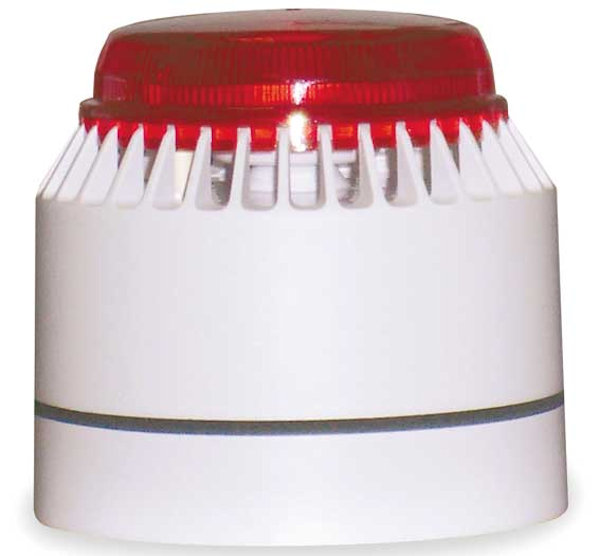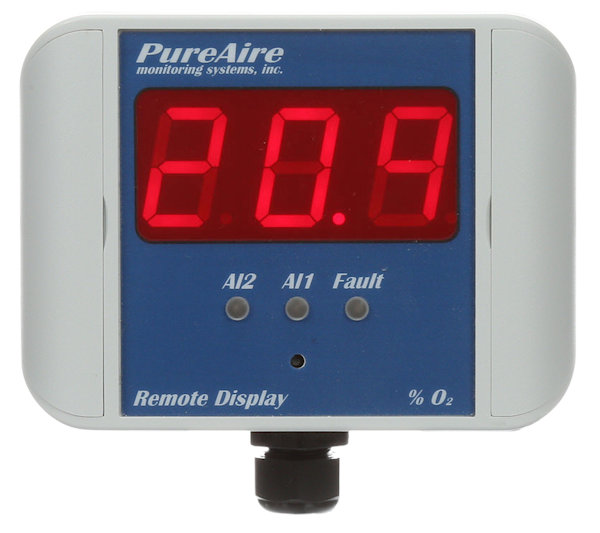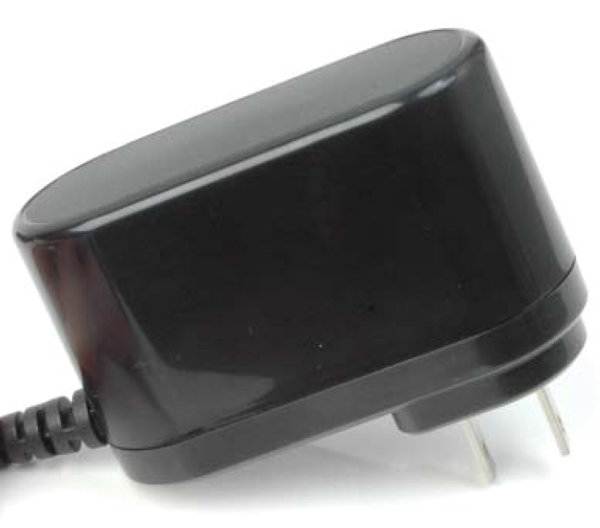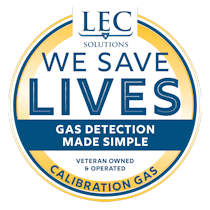Oxygen Deficiency Monitor

Oxygen Deficiency Monitor w/ 10+ Year Sensor
$1595.00
FREE SHIPPING!
Features
- 10 + Years No Calibration Sensor
- Two-Alarm Relays for 19.5% and 18.0%
- No Maintenance Required
- Ultra Loud Built-in audible alarm 90 db
- 3 Year Warranty
- Digital Display, 4-20mA Analog Output
- Operates in Freezers at – 40 ºC
- No Drift due to Thunderstorms or barometric pressure changes
- Wall mounting brackets and optional plug-in wall power supply
- UL, C UL and CE Approvals
Accessories



Long Lasting Zirconium Sensor
The Oxygen Deficiency Monitor features a zirconium sensor capable of providing accurate readings for 10+ years with little maintenance. This reliable, maintenance free sensor will pay for itself in just two years and save your business as much as $475 per year. Every unit comes with a full 3-year warranty for your peace of mind.
The Air Check O2 Deficiency Monitor is suitable for a range of uses. From bar and restaurant beverage stations to tire repair centers, food processing plants, and hospitals, oxygen monitors ensure that nitrogen and CO2gas are safely used and no leaks occur. The zirconium O2 sensor performs reliably in temperatures ranging from 55 Celsius to -40 Celsius, so it’s ideal for a range of environments, including freezers. The monitor also performs well in basements and other confined spaces.
Once set up, the O2 zirconium sensor will operate continuously, without calibration or adjustment. The system monitors for any faults and displays errors on the gas concentration screen, so you can respond.
The low maintenance, long lasting sensor provides continuous monitoring in environments where inert nitrogen gas and CO2 gas are stored. As long as everything is operating properly, the monitor stays silent. If oxygen levels reach the OSHA action level, defined at 19.5 percent, a built-in horn alerts employees of danger.
Specifications
| Sampling Method | Diffusion |
|---|---|
| Gases Detected | Oxygen (O2) |
| Range | 0 – 25 % O2 |
| Accuracy | ± 1 % of Full Scale |
| Operating Temperature | -40 to +55 ºC |
| Display | 3/4″ LCD Digital Display, Back Lit |
| Sensor Type | Long life zirconium oxide sensor cell |
| Sensor Life | > 10 years under Normal Conditions |
| Signal Outputs | 4-20 mA Analog Output Dual Level Alarm Relay Contacts |
| Power Requirements | 24 VDC 250 mA |
| Width | 5.12 in 130.1 mm |
| Height | 4.5 in 114.3 mm |
| Depth | 3.25 in 82.1 mm |
| Weight | 1.6 lb 0.8 kg |
| Enclosure | Polycarbonate |
| Required Calibration | None No Zero or Span Pot Adjustment Required |
| Additional Parts | List Price |
|---|---|
| 24 VDC Power Supply | $39.00 US (P/N # 45101) | Horn and Strobe Combo | $145.00 US (P/N # 42002) | Remote Display | $325.00 US (P/N # 99091) |
Advantages
No Calibration Required
While other oxygen deficiency monitors might require semi-annual tune-ups to work properly, the Air Check O2 Deficiency Monitor provides constant monitoring with no adjustments. This saves you time and money while protecting your organization and delivering peace of mind.
Plug & Play Setup
The Air Check O2 Deficiency Monitor mounts in minutes and is ready to go right out of the box. Simply mount the unit on the wall where you need to monitor oxygen levels, plug it into the power supply, and power on the unit. After four minutes, the monitor begins sampling oxygen levels. Levels display on the screen so you can check whenever you walk by. Enjoy a reliable oxygen sensor that’s easy to use, easy to read, and operates with no attention 24/7 for up to 10 years.
Air Check O2 Deficiency Monitor Features
To suit user’s needs, the Air Check O2 Deficiency Monitor comes in a range of configurations. Every unit comes with a full-featured, dual level monitor, options for alarm relays and hysteresis to account for supply valves for CO2 and nitrogen. All units have a built-in CPU that houses the monitor, display, and alarm.
Question and Answer
I see there are 2 versions in the literature you’ve sent, a deficiency monitor and a sample draw monitor. What is the main difference between the two?
The main difference between the sample draw monitor and the O2 deficiency monitor is the built-in pump located within the sample draw system. Using the sample draw, you can install the monitor in one location while using tubing to continuously pull samples of air into the sensor from another location up to 100 feet away. This is ideal for MRI rooms, freezers colder than -40 degrees C or for pulling samples of air within a process.
Are both powered by 24VDC? Is the optional cord that is supplied a 110VAC to 24VDC converter?
Both types use the same electronics, therefore both are powered by 24 VDC. The optional power cord that we offer is a 110VAC to 24 VDC step-down converter.
The alarm relays in the lit say they alarm at 18% and 19.5% standard. Is it possible to have them configured for 19% and 19.5% from the factory?
Sure, that won’t be a problem. I would have to make a note for our production team but we can pre-set the alarms to anything you want. This setting is also user adjustable so you would be able to set the alarms as well.
Is the optional remote horn only in red? And are there any options for mounting directly to the O2 monitor?
We offer the horn/strobe beacon in red, amber, and blue. We make sure to maintain our stock of the red but the other 2 options may include longer lead times depending on our vendor.
Since these aren’t calibrated with O2, what if the customer doesn’t expose the monitor to Nitrogen for a length of time (seasonal food customers for example)?
The sensor is non-consuming and even if your customer isn’t purposely exposing the sensor to Nitrogen, ambient air contains about 78% Nitrogen. So even if the monitor is simply sitting on a wall and never exposed to any other gas, it will continue to work as it should. In short, O2 calibration is not needed for the monitor to remain calibrated.
How tamper proof are they?
There is a passcode required to enter any menu functions. We also designed the alarm so it cannot be silenced if the conditions merit the alarm to sound.
What are typical lead times? Are expedited orders possible on all parts?
Although the typical lead time for oxygen products is 1 week, we usually ship orders within a day or 2. For larger order (quantities of more than 10 units) lead times may increase. We try to keep all parts stocked so expedited orders are possible but we are very good at shipping out orders as soon as possible regardless.

